Church of Santa Restituta, Lakko Ameno
Plaza Santa Restituta is located in the heart of Lacco Ameno. While excavating the ancient Greek city of Pithecusa, archaeologists have discovered in the area of the square the remains of a pagan temple that stood here two and a half millennia ago. In the fourth century AD, a small early Christian church was built on its ruins, which a century later was dedicated to the Holy Restituta Africana.
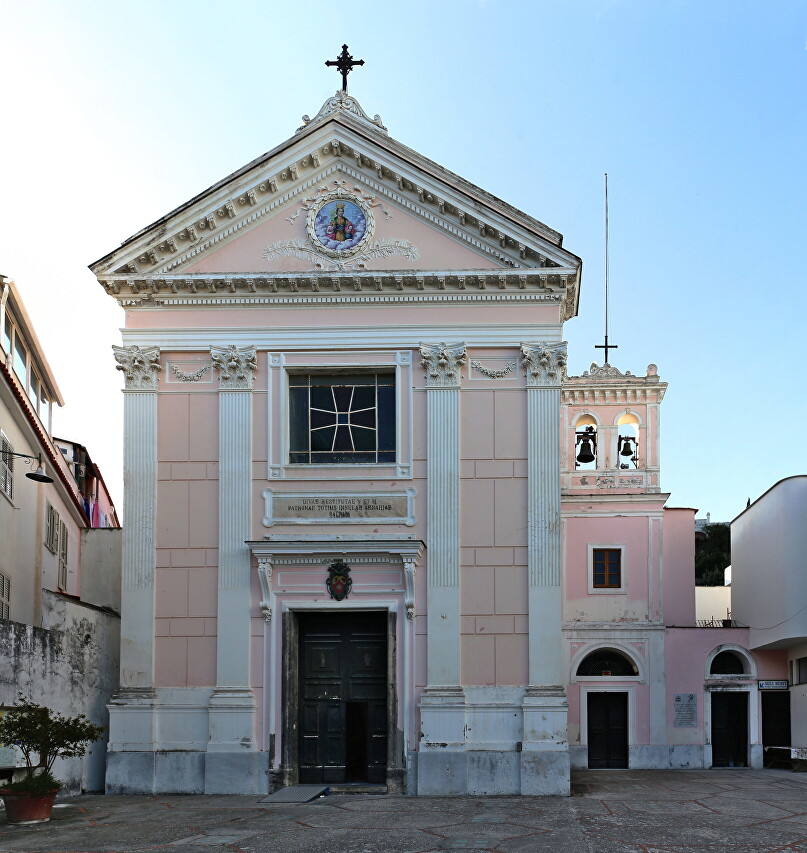
Saint Restituta Africana, also known as the Martyr of Carthage, is said to have been captured during Christian prayer in a secret cave, tortured and executed for refusing to worship pagan gods. According to one version, this happened in 255 under the Emperor Valerian, according to another in 204 under Diocletian. How she was deprived of life is unknown, historians believe that the relics of Ischia were brought from Africa by monks who fled in the 5th century from the territory of present-day Tunisia from persecution.
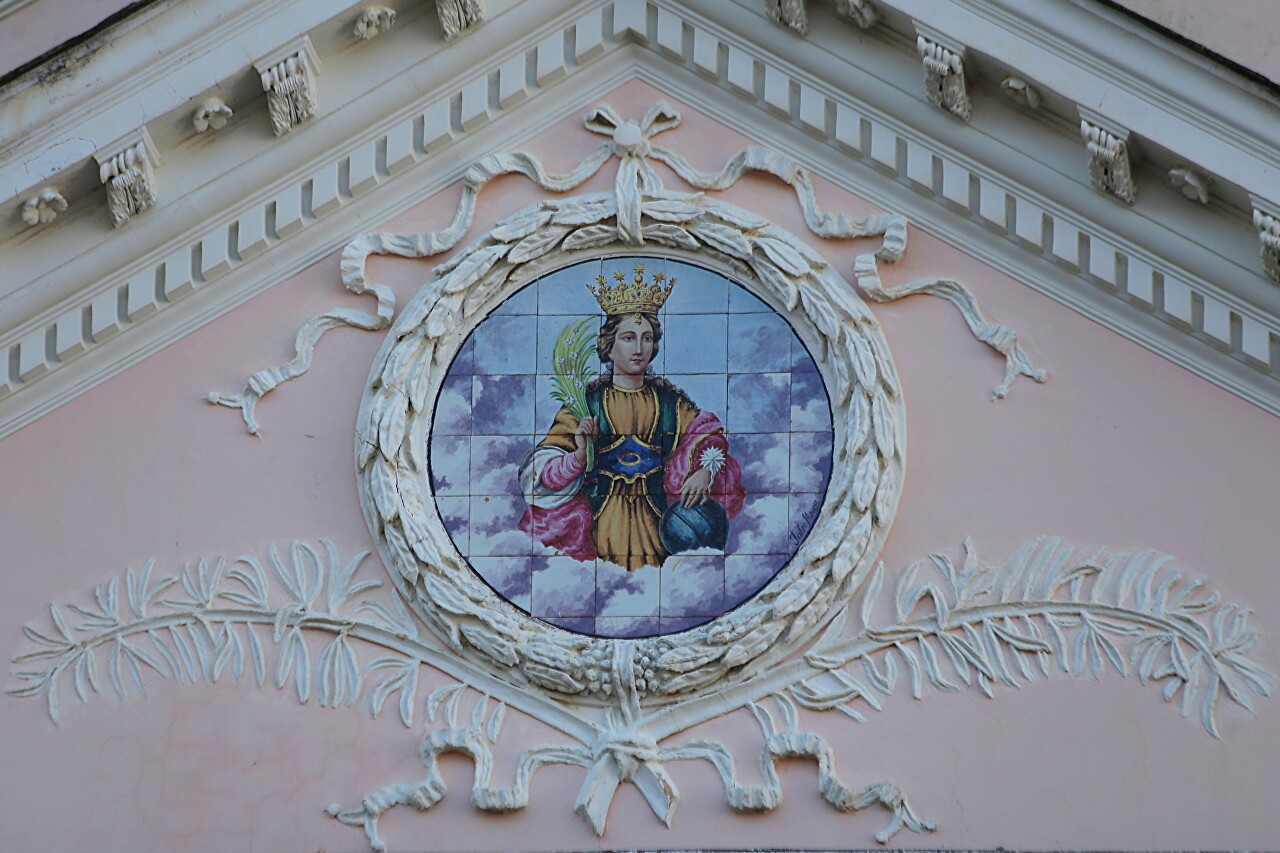
In 1036, the church came under the care of Benedictine monks. In the 12th century, the church was rebuilt and lengthened, a belfry was erected. In 1470, defensive walls were built around the monastery to protect it from the frequent Saracen raids. In 1590, the bishop of Ischia transferred the church to the Carmelites, with the condition that they build a tower where the inhabitants can wait out the raids. The tower was built and is now occupied by the municipality of Lacco Ameno.
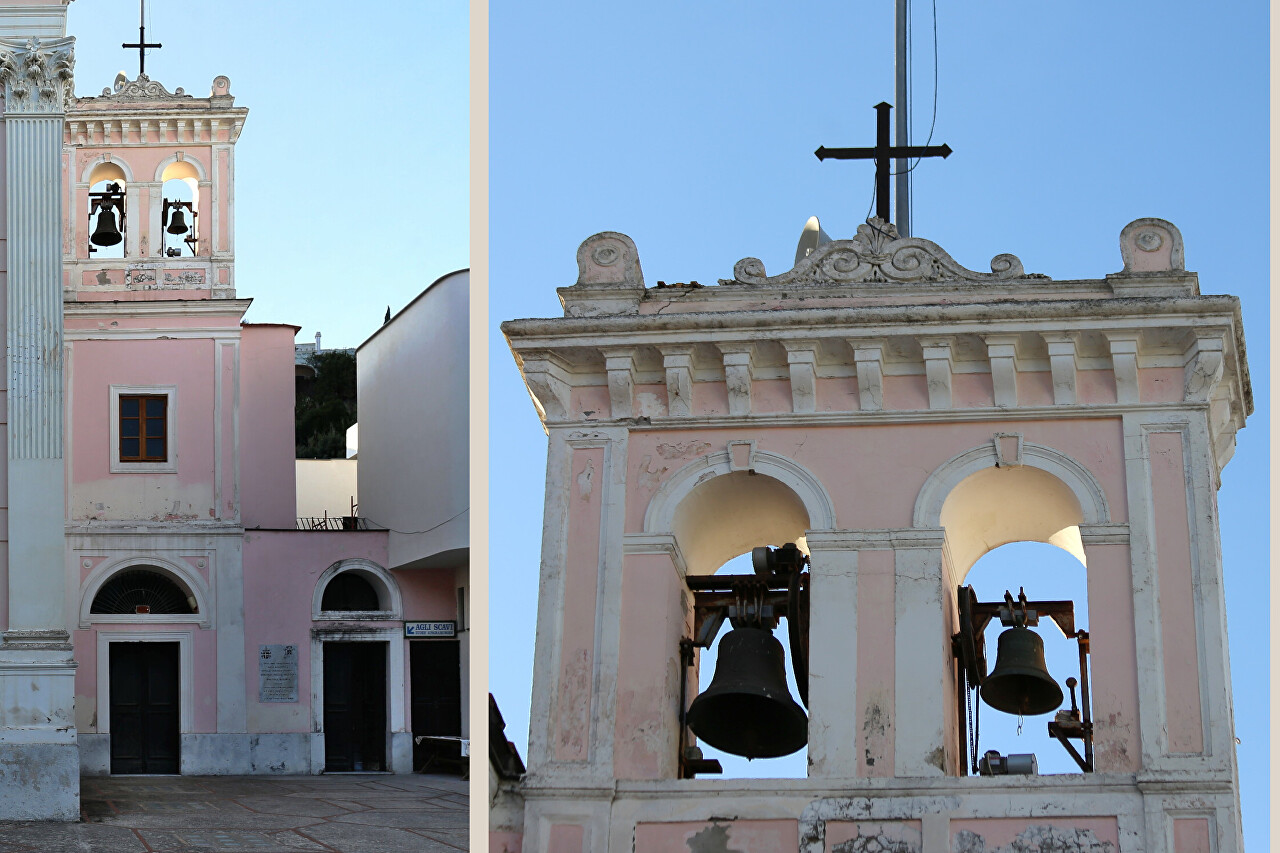
In 1822, the Carmelites were replaced by Augustinians, who decorated the facade of the church in the Baroque style and in this form we can see the church now.
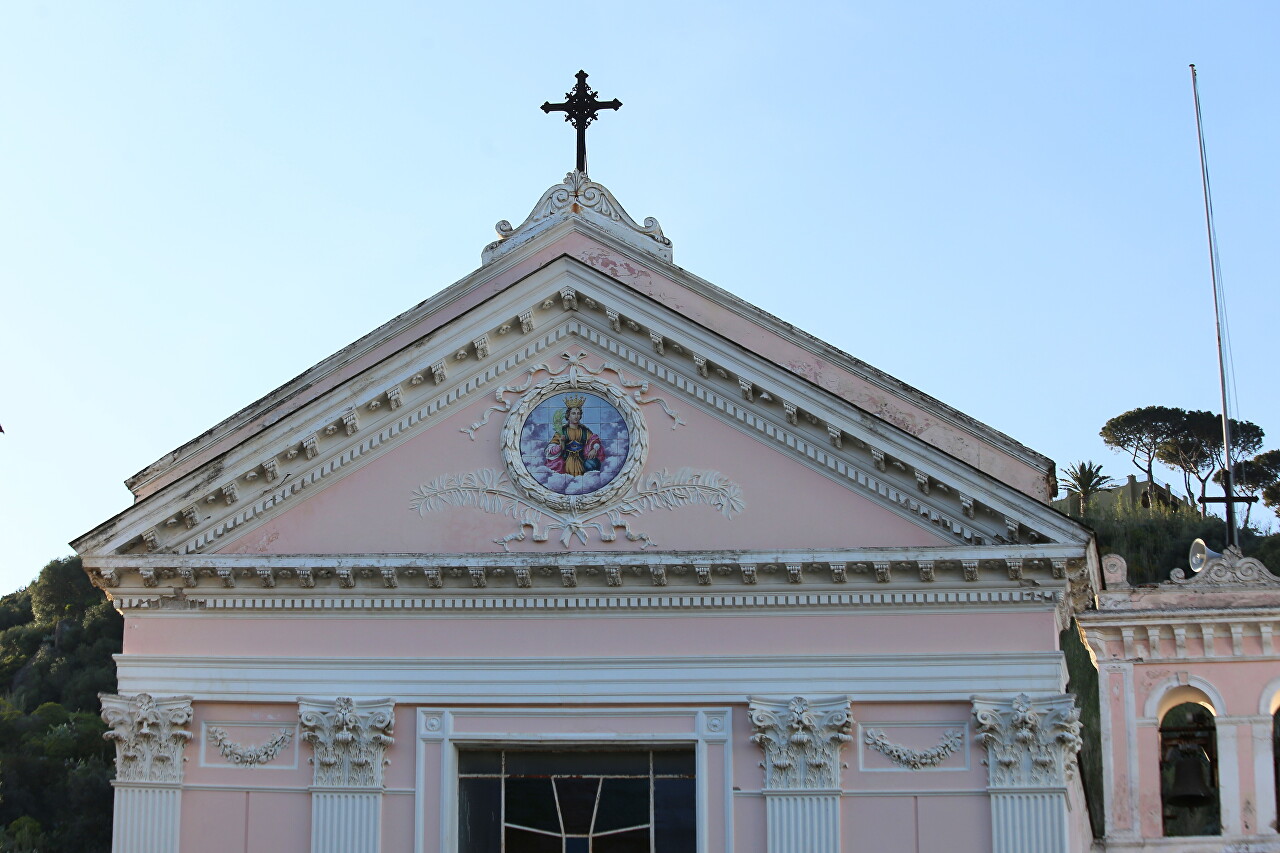
The church was badly damaged by a catastrophic earthquake on July 18, 1883. At the direction of Cardinal Guglielmo Sanfelice d'acquavella, Archbishop of Naples, the church was restored by 1886. Now the coat of arms of the cardinal over the portal of the temple reminds us of this.
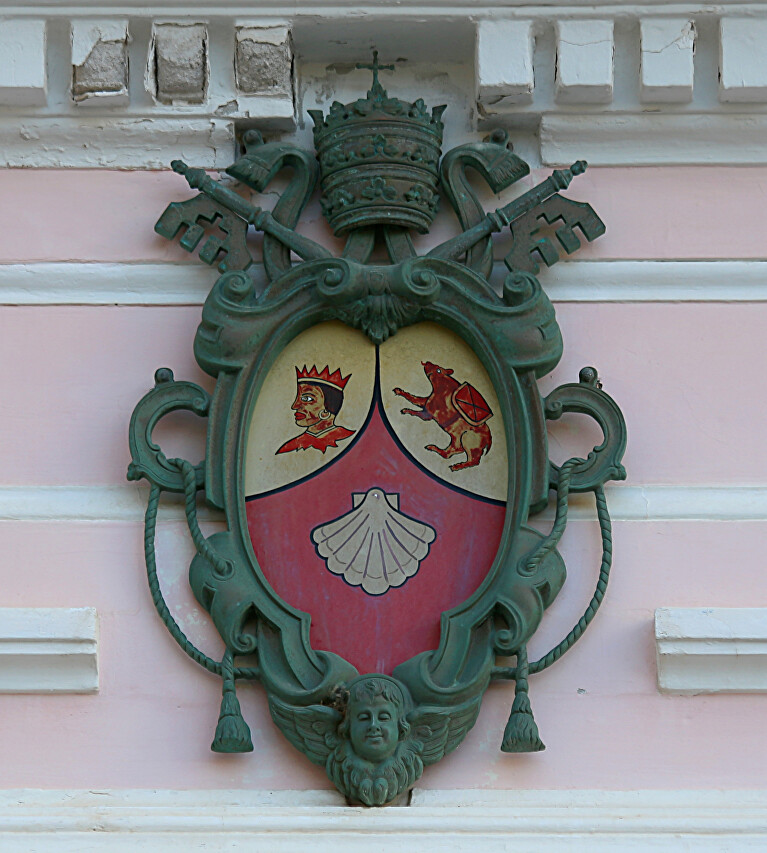
As a result of the restoration, the building not only gets a new look, but also becomes earthquake-resistant, which is facilitated by the construction of 24 columns that support the floors. For the renovated interior of the church, the artist Mastroiani painted ten paintings depicting episodes from the life of the saint.
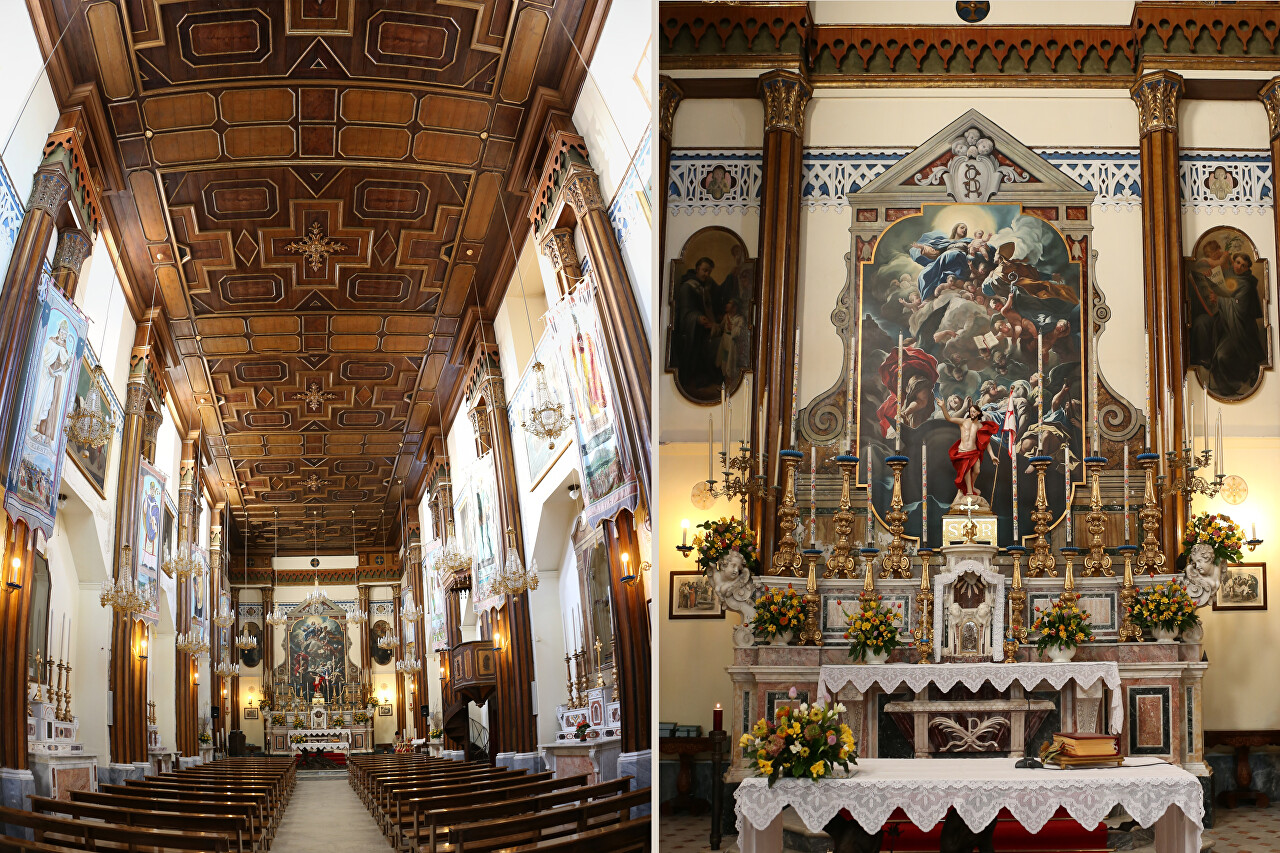
In the 10th century, the following legend arose: After terrible tortures, a Christian woman was put into a boat loaded with tarred tow, lit it and let into the sea. God sent an angel who led a boat to the island of Aenaria (now Ischia), where Restituta's body, untouched by fire, was discovered by a local resident, Lucina. Saint Restituta is venerated as the patron saint of Lacco Ameno, and the feast dedicated to the martyr is celebrated on May 17. The sculptural composition in front of the altar depicts the arrival of the martyr's relics in Ischia.
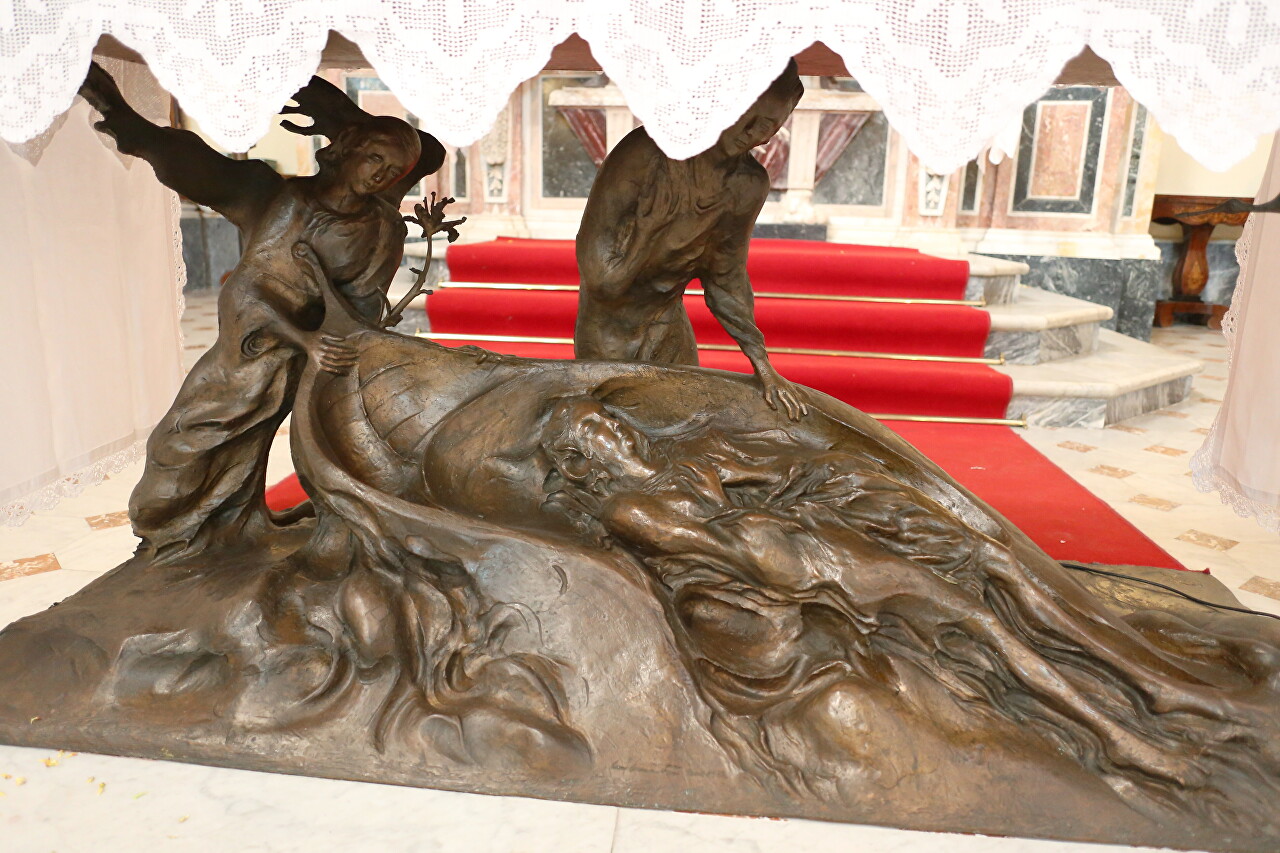
This is also reminded by a completely unusual pulpit, made in the form of the bow of a boat, on which you can see the letters S. R. (Santa Retituta).
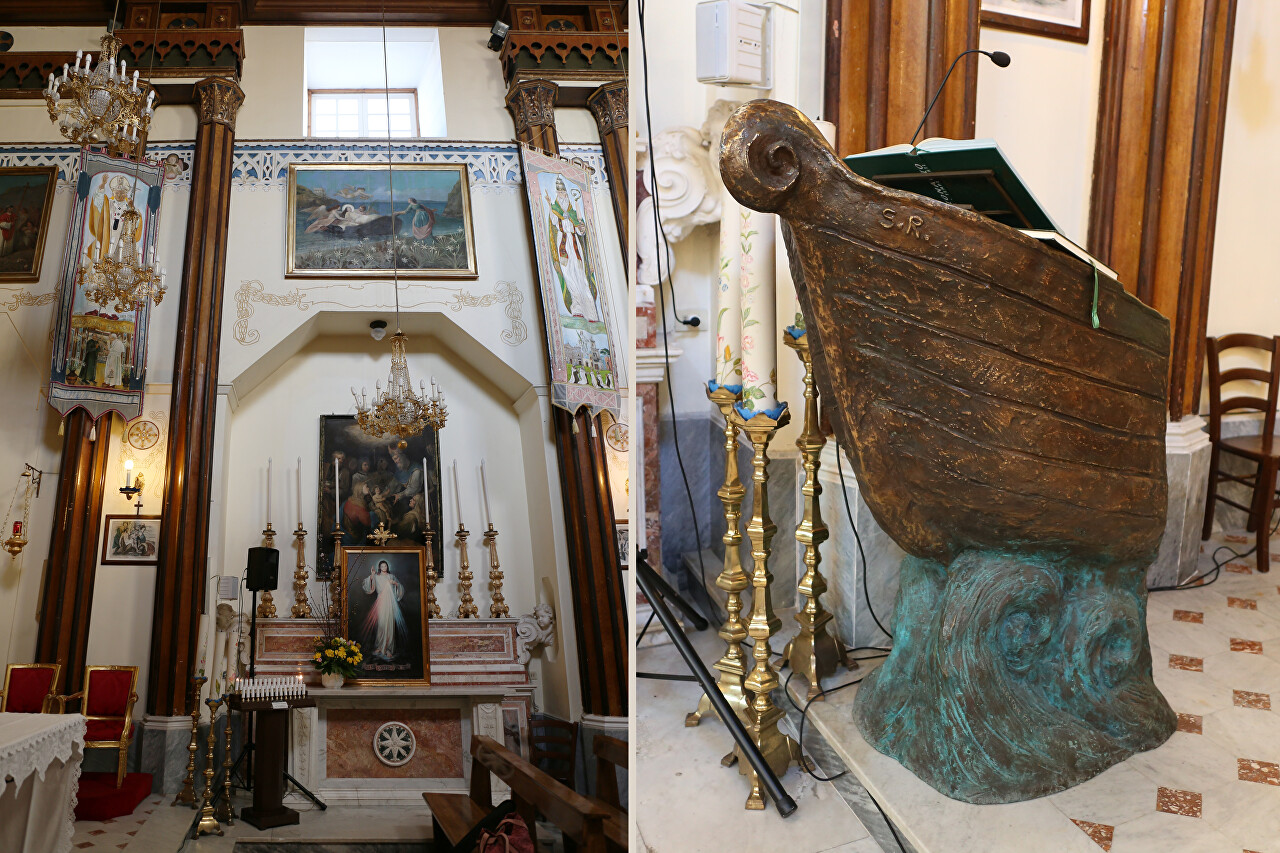
In 812, during a raid by the Moors, the basilica was looted, but the relics of Restituta were saved. In 845, they were placed in a specially built chapel in Naples, which in the 13th century became one of the chapels of the Cathedral.
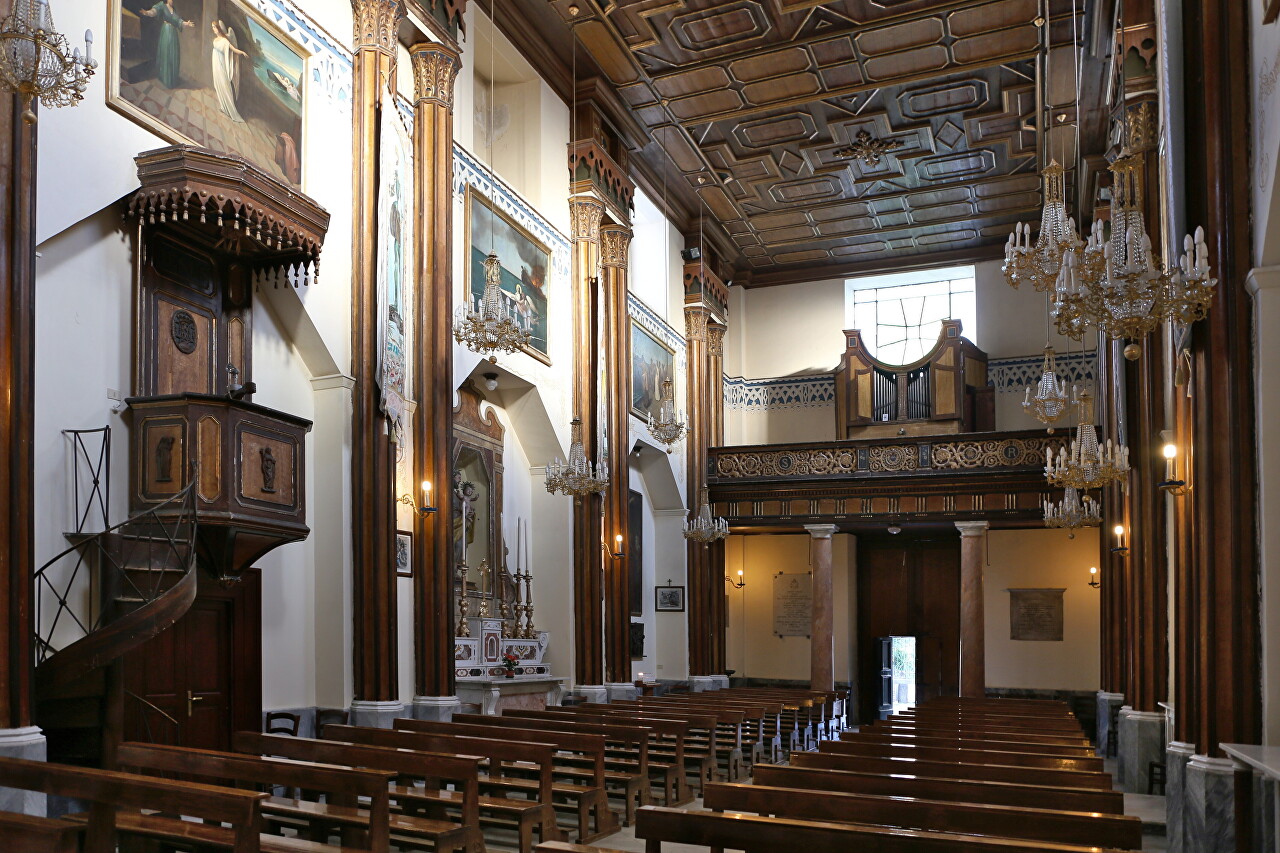
The church's ceiling is decorated with various types of wood.
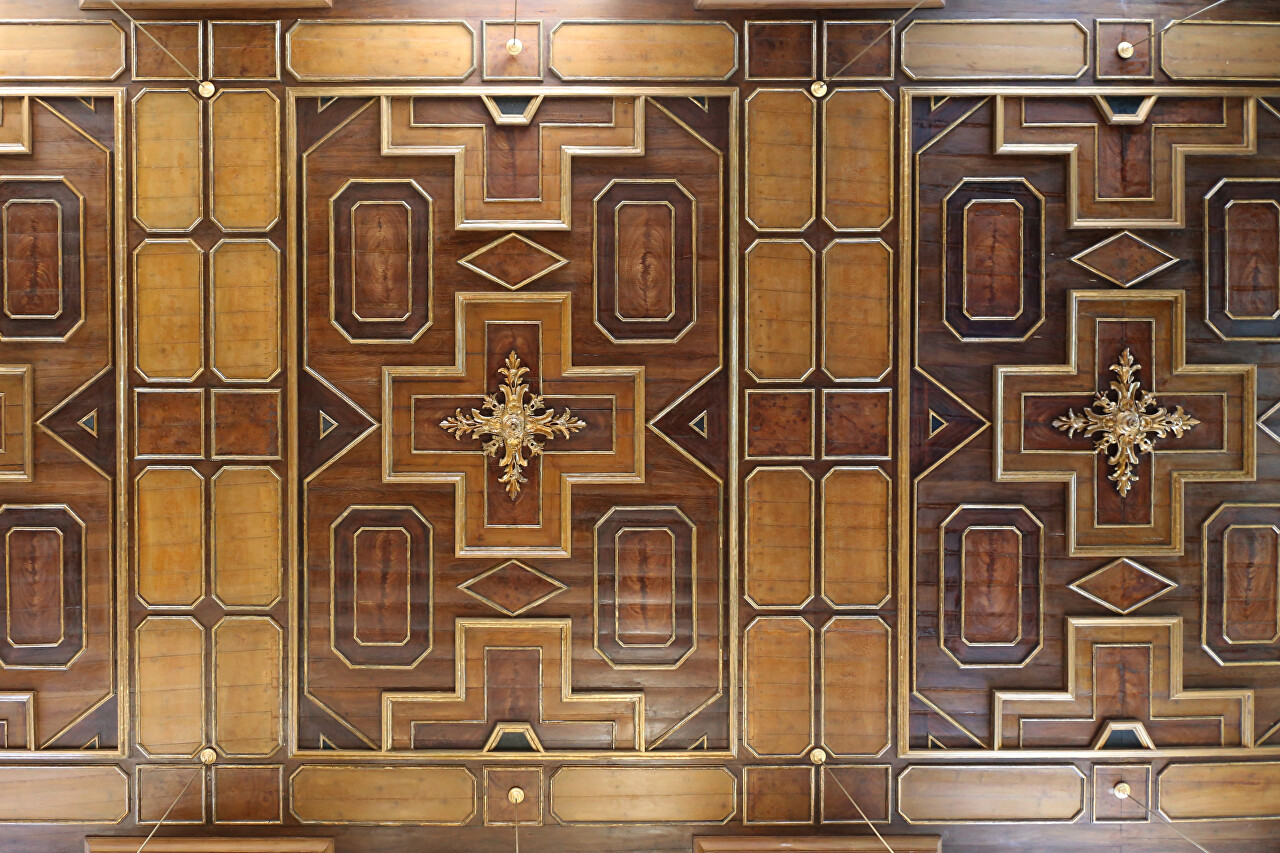
There is a museum attached to the church, founded by the rector of the church, Father Pietro Monti, in 1951. On his initiative, excavations were started on the site of an early Christian basilica, an ancient altar and crypt were discovered, where the relics of Saint Restituta, an ancient Greek pottery workshop and an early Christian necropolis were kept. Now the top floor of the museum is occupied by a collection of church paintings, sculptures and utensils from different eras, and in the dungeon there is an archaeological zone.
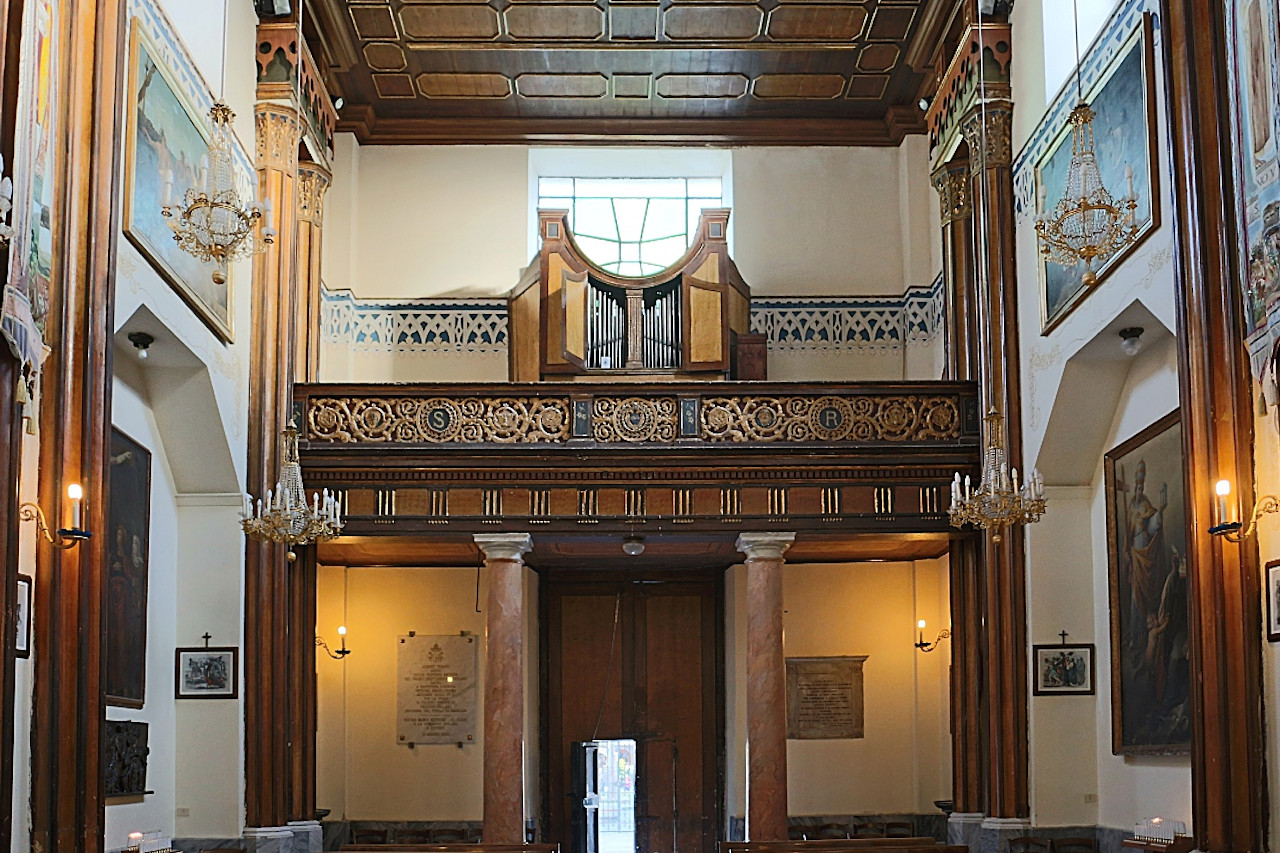
The entrance to the museum is located to the right of the main portal of the church. The museum is open from April to October 31, from 9:30 to 12:30 and 16: 00 to 18:00 in spring and autumn, and from 17:00 to 19:00 in the summer months. Unfortunately, I arrived a few minutes before closing time.